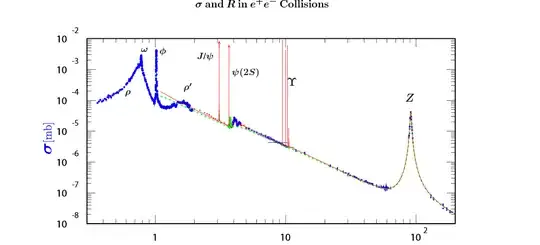Decay widths for $\rho$ meson is $149 MeV$ while for the $\phi$ meson it is $4MeV$. Why is there such a difference?
I know that the phi meson decays primarily to $K \bar K$ states as the $\pi^+ \pi^- \pi^0$ states are OZI suppressed. The $\rho$ meson decays predominantly to $\pi^+\pi^-$ via strong interaction.
Is OZI suppression the culprit?
